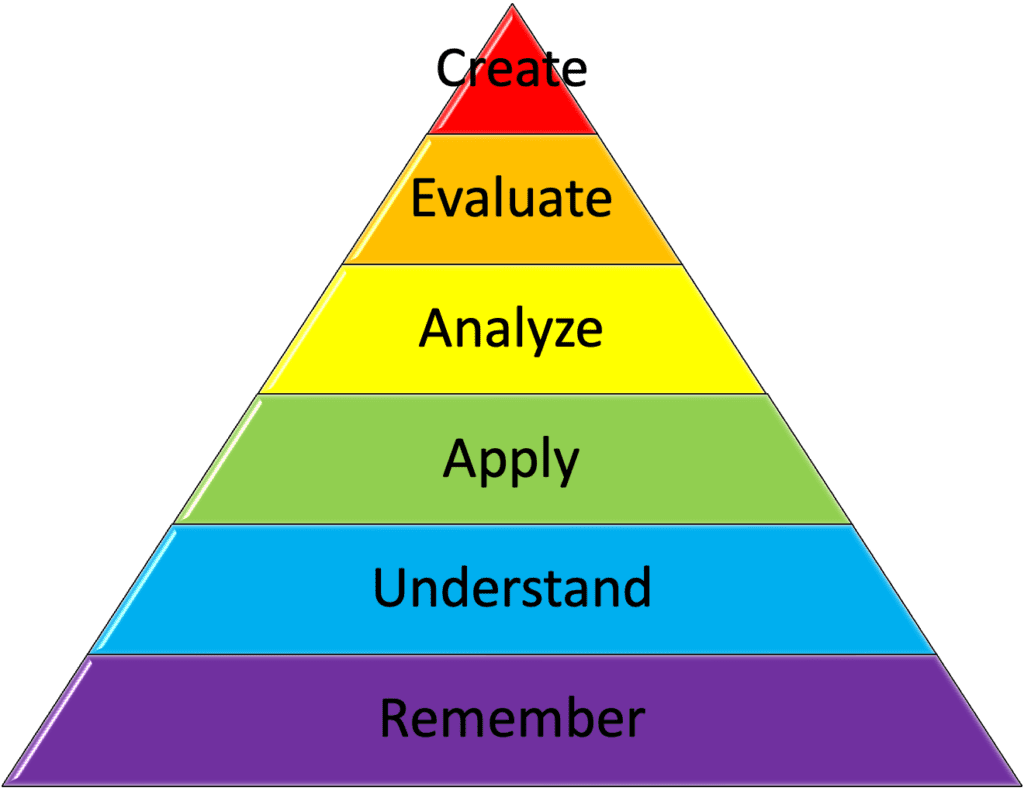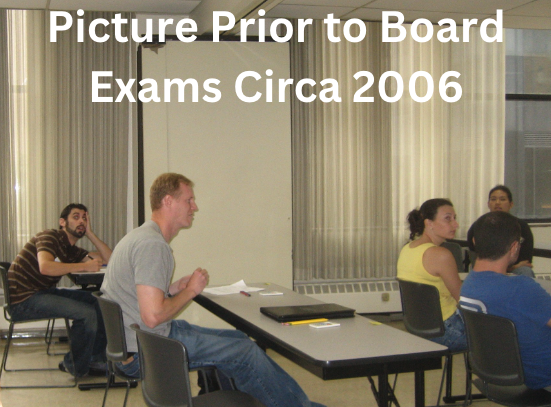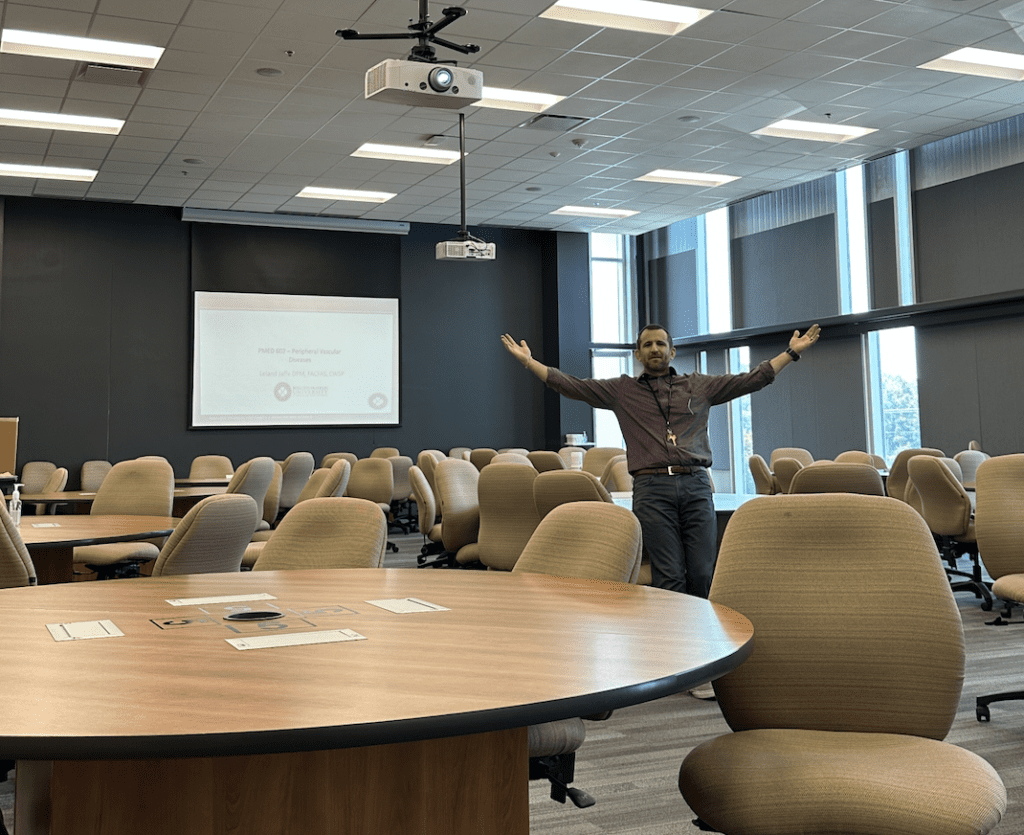Authored by Dr. Leland Jaffe; Associate Dean and Professor; Published on April 13th, 2024
Ever wondered what it’s like to be an academic podiatric physician? Are you interested in moving into the world of academia? From teaching and mentoring students to administrative roles and research & providing patient care, the role of an academic podiatrist is diverse. When I first entered the medical field post-residency in 2011, I would have thought you were crazy if you said I’d be in an academic role. I was clinically and surgically busy, earning a good income, and my kids were settling into school in St. Louis. Fast forward a few years to 2015, and I jumped at the opportunity to transition to an academic role as a professor in podiatry school.
Some were wondering how I could be a teacher without formally being taught about education. While this was a valid point…what I quickly learned is that most faculty in medical schools don’t have formal training in education. Most are reliant on mentorship as a young professor to learn the ropes of higher education and academia. In this blog post, we’ll take a closer look at the typical day of an academic podiatrist, exploring the challenges, rewards, and unique opportunities that come with this multifaceted and rewarding position.
Mornings as an Academic Podiatric Physician


What I find most exciting about academia is the “different hats” we wear as professors. Morning sessions could either start with an 8 a.m. lecture with the students, a surgical case at the hospital, or administrative meetings for the advancement of the college. I often find that I’m most creative in the early morning hours, and this is when I’m modifying lectures, creating educational videos, or finding other ways to engage students in the classroom and clinical settings.
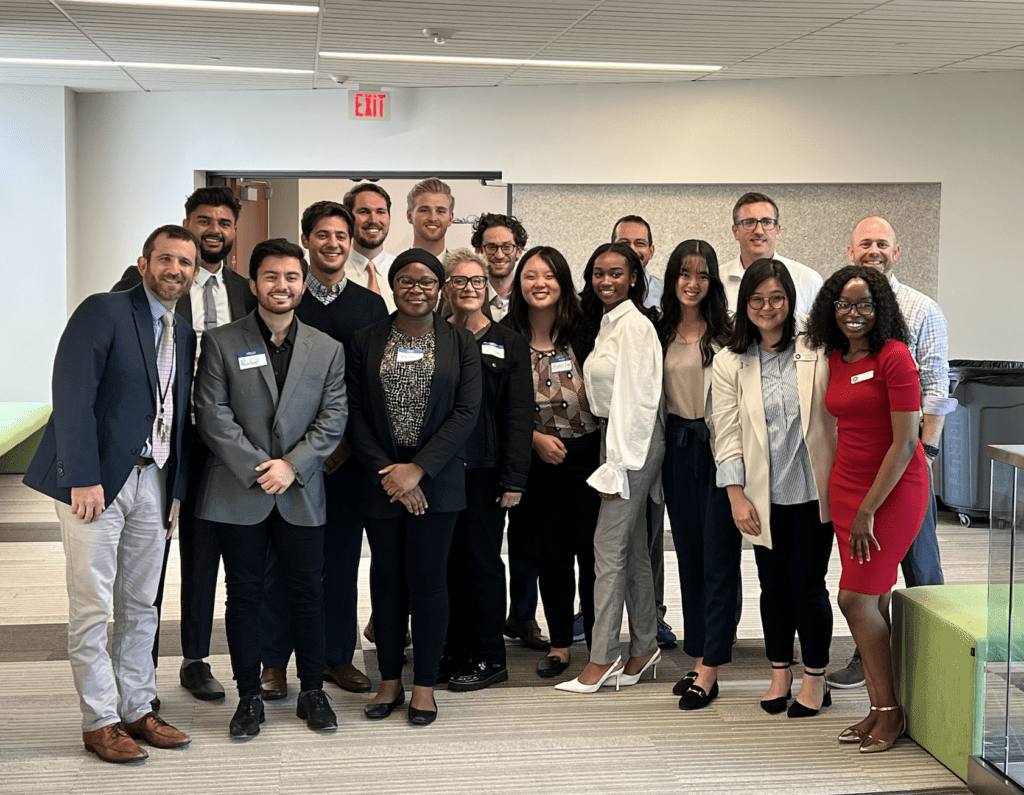

Additionally, my mornings could involve dedicating time to research activities. What I appreciate most about the mornings are the opportunities to collaborate and have informal meetings with colleagues. This camaraderie and collegiality are what makes coming to podiatric medical school each day rewarding. Balancing these responsibilities requires effective time management and prioritization skills, but the opportunity to contribute to education and research while advancing patient care makes the mornings both challenging and rewarding.
Afternoons:
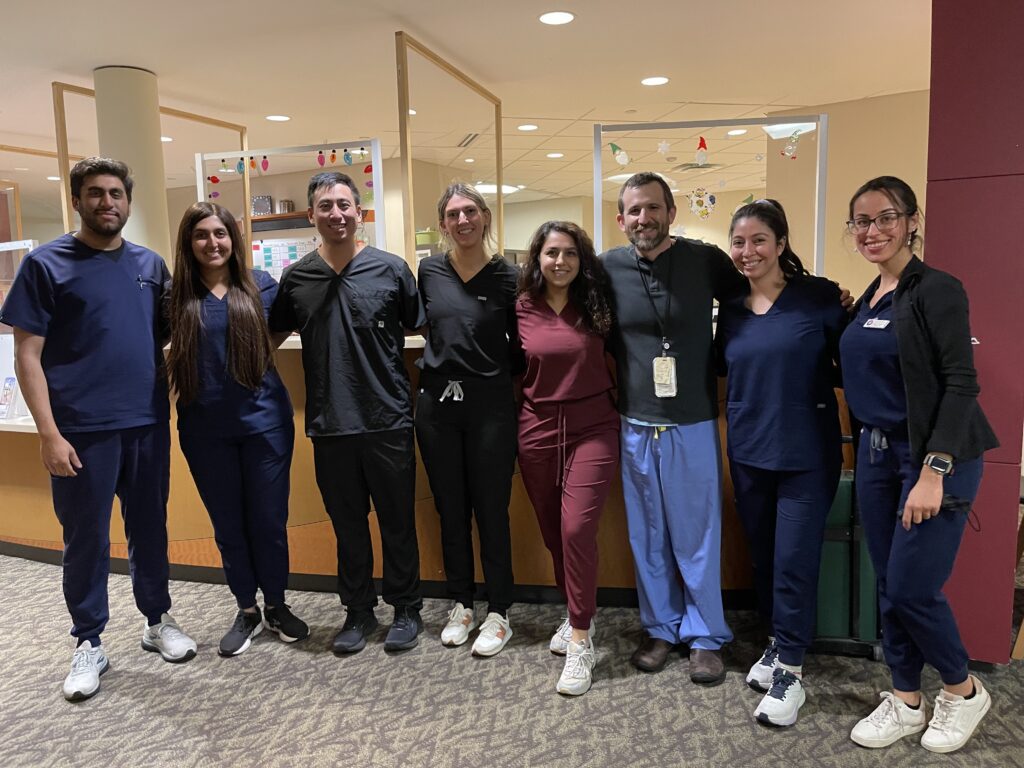

As the day progresses, my afternoons often consist of either clinical responsibilities at the wound care center or podiatry clinics, student workshops to develop hands-on skills, and potentially afternoon lectures (although this is not an ideal time for lectures!). Academic podiatrists may spend their afternoons seeing patients in the clinic, where they diagnose and treat a variety of foot and ankle conditions. This could include providing care for sports medicine related patients, diabetic foot care, ankle sprains, plantar fasciitis/heel pain, and many other conditions of the foot and lower leg. Surgical cases could also be added to my afternoon schedule.
I feel that to be an effective teacher in the classroom and workshop settings, I need to “practice what I preach”. Patient care helps fuel my classroom content to bring real-world case-based learning to the students. Beyond direct patient care, afternoons may also involve teaching and mentoring activities, such as supervising students during clinical rotations and providing feedback on patient cases. Additionally, we may use this time to engage in professional development activities, attend meetings, or collaborate with colleagues on research projects. Overall, the afternoons for academic podiatrists are often dynamic and varied, filled with clinical, educational, and administrative responsibilities.
Evenings:
In the evening, I often balance my professional commitments with personal pursuits, such as continuing education, professional development activities, or spending time with family and friends. As I get older, I work diligently to balance my professional and personal life. This line became increasingly blurred during the pandemic, as our living room became the office, but I continue to work to separate these two. I almost always find time to pursue my hobbies such as this blog, exercise, and practicing guitar.


Here are some strategies to help achieve work/life balance as an academic podiatric physician:
- Establish a designated workspace at home: Designate a specific area in your home solely for work-related activities. Ideally, this space should be separate from areas associated with relaxation or leisure activities.
- Set boundaries: Communicate your work hours to your colleagues, supervisors, and family members. Let them know when you are available for work-related tasks and off-limits for personal time.
- Create a routine: Establish a routine that includes designated work hours and specific times for personal activities, such as exercise, hobbies, or spending time with family. Stick to this routine as much as possible to create structure and consistency in your day.
- Practice time management: Prioritize tasks and allocate specific time slots for completing work-related activities. Set realistic goals and deadlines to help manage your workload effectively and avoid the temptation to work outside of designated hours.
- Limit distractions: Minimize distractions during work hours by turning off notifications, closing unnecessary tabs or applications, and creating a focused work environment. Similarly, avoid engaging in work-related tasks during personal time to maintain a healthy balance.
- Establish transition rituals: Create rituals or activities to help transition from work mode to personal time. This could include taking a brief walk, changing out of work clothes, or engaging in a relaxing activity that signals the end of the workday.
- Communicate with family members: Discuss expectations and boundaries with family members to ensure everyone understands and respects each other’s personal time. Encourage open communication and flexibility to accommodate each other’s needs.
Lecture Preparation Takes Time!
What most people don’t understand is the great deal of time it takes for a professor to prepare a one-hour lecture. On average, it may take anywhere from 3 to 6 hours or more to prepare a single lecture, including time spent on researching and gathering materials, organizing content, creating slides or visual aids, and practicing delivery. Some professors may spend more time refining their lectures to ensure clarity and engagement, while others may rely on existing materials or lecture outlines to streamline the preparation process. This preparation is often done on my own time at night.
While the days can be long and demanding as a doctor of podiatric medicine, the opportunity to make a meaningful impact in both academia and clinical practice is incredibly rewarding. Whether mentoring the next generation of podiatric physicians, advancing scientific knowledge through research, or improving patient outcomes through compassionate care, the role of an academic podiatrist offers a fulfilling and purpose-driven career path.
Are you interested in transitioning to a career in academic medicine? Here are some steps you can take to move toward this career path:
- Obtain an Advanced Degree (MD, DPM, DO, PhD, NP)
- Complete Residency Training: Choose a residency program that aligns with your interests and career goals. During residency, gain clinical experience and expertise in your chosen specialty.
- Pursue Fellowship Training (Optional): Consider pursuing fellowship training to further specialize in a specific area within your field of interest. Fellowships can provide additional training and research opportunities.
- Build Clinical Experiences: Gain experience working as a practicing physician, either in an academic medical center, hospital, clinic, or private practice setting. Develop expertise in diagnosing and treating patients within your specialty.
- Engage in Research: Participate in research projects and scholarly activities related to your field of interest. This could involve conducting clinical trials, publishing research papers, presenting at conferences, or collaborating with other researchers.
- Obtain Teaching Experience: Seek opportunities to teach medical students, residents, or fellows. This could involve leading lectures, facilitating small group discussions, or supervising clinical rotations.
- Explore Leadership Opportunities: Take on leadership roles within your institution or professional organizations. This could include serving on committees, organizing educational programs, or participating in quality improvement initiatives.
- Network with Colleagues: Build relationships with other academic physicians, researchers, and educators within your field. Attend conferences, workshops, and networking events to connect with colleagues and stay updated on the latest opportunities in your field.
- Seek Mentorship: Find mentors who can provide guidance and support as you navigate your academic career path. This is a great way to seek valuable advice and help you identify opportunities for professional growth.
- Stay Committed to Lifelong Learning: Academic medicine requires a commitment to continuous learning and professional development. Stay informed about advances in your field, pursue continuing medical education opportunities, and seek out opportunities for self-improvement.
A Day In The Life of an Academic Podiatric Physician – Conclusion:
As we’ve seen, the day in the life of an academic podiatrist is multifaceted and an exciting career, encompassing a wide range of responsibilities and opportunities. From teaching and research to patient care and professional development, academic podiatrists play a vital role in shaping the future of podiatric medicine while making a positive impact on the lives of patients and podiatric medical students alike. Whether you’re considering a career in academia or simply curious about the field of podiatry, the journey of an academic podiatrist is hard work and immensely rewarding, offering countless opportunities for growth, innovation, and fulfillment.
Comment below with any questions about this topic!


